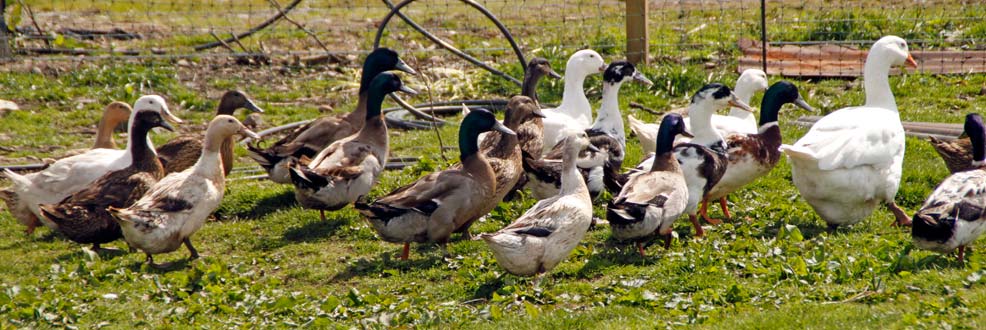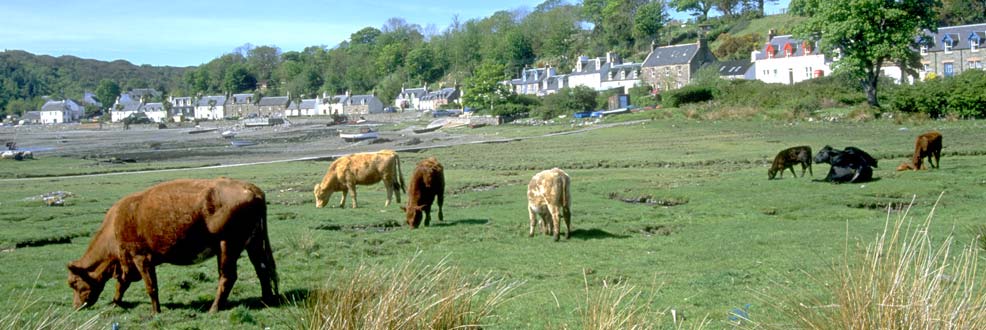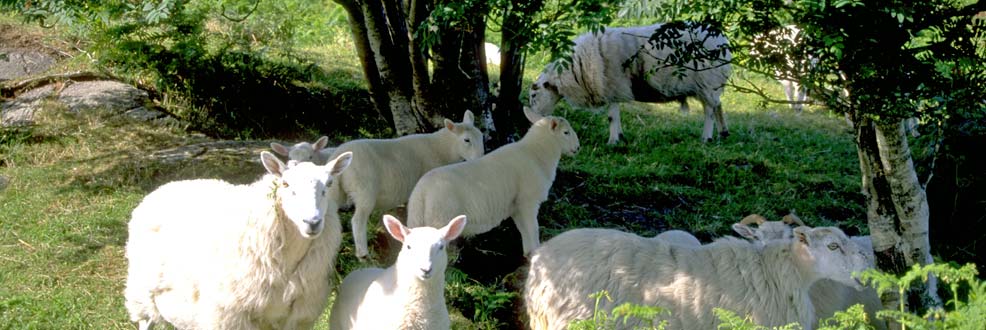Cereals
Scottish Further Education Unit and Lantra– Rural Skills, Intermediate 1: Crop Production: An Introduction (Agriculture)
This document contains an introduction to Skills for Work courses, a Tutor Support Section and then the Student Support Section which provides notes and activities in the following areas:
- Welcome to Crop Protection
- Health and Safety Matters
- Soils
- The Soil Profile
- Materials used to improve the Soil
- Soil Cultivation
- Ploughing
- Crops
- Fertilisers
- Fertiliser Application
- Crop Nutrients
- Machinery Used for Maintaining Crops
- Disease, Weeds and Pests
- Pests
- Weeds
- Self Assessment
- Glossary of Terms
A description of Traditional Crop Growing on Crofts by Scottish Natural Heritage in relation to the benefit for wildlife.
Facts and figures from NFU Scotland about ‘What we Produce’ from Scottish agriculture, including cereals, although there is no comment on the contribution to cereal production by crofting.
‘Farmland Use – Cereals and other combine crops’ – an overview from the Scottish Government of crops grown in Scotland in general.
Crofting on the Machair in the Western Isles is described in relation to biodiversity by Comhairle nan Eilean Siar. The significance of the cereal crop is discussed together with a list of crops.
More on arable crops grown on the machair in Uist from Machair Life. Information about the ‘landrace’ varieties of oat barley and rye, their uses for crofting, harvesting techniques and benefits for wildlife.
A comprehensive ‘Review of Cereal Growing in Shetland’, by Peter Martin from the Agronomy Institute, Orkney College (University of the Highlands and Islands). This review highlights the changes that have taken place in the Shetland agriculture, namely the large reduction in both cattle and cereal crops, together with the reasons for these changes. Also highlighted are the very small quantities of Shetland bere (barley) and aets (oats) now grown.
‘Landrace conservation strategy for the United Kingdom’ looks at the conservation of traditional varieties of cereal (and other) crops, with specific reference to landraces on crofts in the Inner and Outer Hebrides, Orkney and Shetland.
The defining characteristics of a landrace have been proposed by Camacho Villa et al. (2006); a landrace should have some of these characteristics but not necessarily all of them:
• Historical origin
• High genetic diversity
• Local genetic adaptation
• Recognizable identity
• Lack of formal genetic improvement
• Associated with traditional farming systems
A further characteristic of landraces that could be added to this list is that a landrace is “associated with the traditional uses, knowledge, habits, dialects, and celebrations of the people who developed and continue to grow it” (Negri, 2007).
‘High Nature Value Farming’ – a website dedicated to promoting low-intensity farming systems, including crofting. Specific articles from this site: ‘Corn Bunting on the Uists’ and ‘Corncrakes on the Scottish Islands’.











